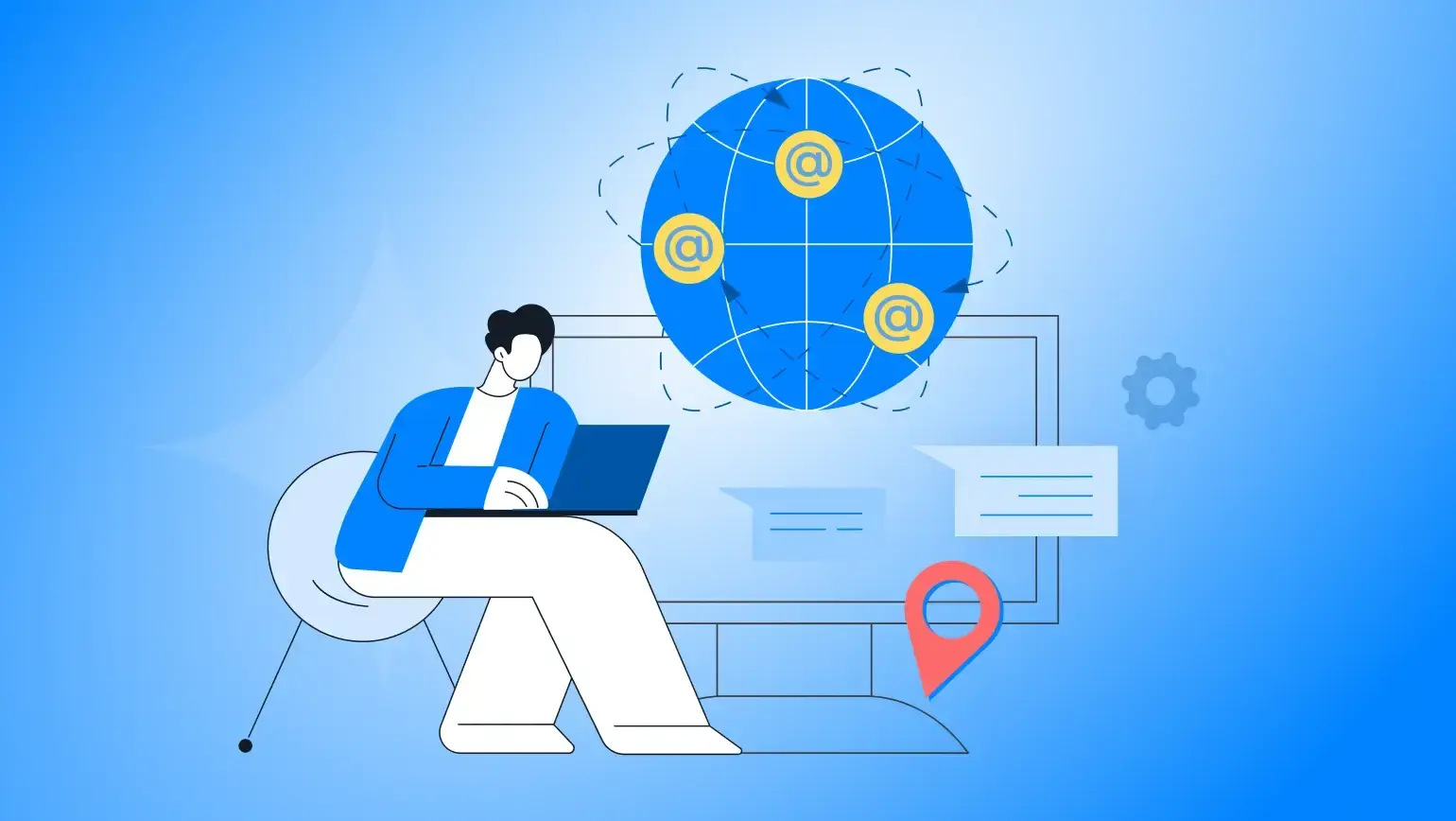

A recent Gartner global survey of 5,000 employees validates what I have observed in my experience after engaging with several IT leaders of large enterprises – employees believe the CIO has a more positive impact on their day-to-day experiences than the CHRO.
While this may surprise many, it ideally should not. I have seen the role of CIOs evolve from simply ensuring the smooth functioning of IT to becoming strategic enablers of employee-centric technology initiatives that drive business outcomes. Of course, the whirlwind of digital transformation is a key catalyst for this shift.
Today’s CIOs are not just gatekeepers of IT infrastructure; they are architects of digital ecosystems that empower employees to work smarter, collaborate seamlessly, and access the resources they need—anytime, anywhere.
Throughout my career, I’ve had the opportunity to speak with countless CIOs, and I often ask them, "Where does Darwinbox fit into your vision and responsibilities?" Here are some of the top highlights from my perspective:
- Streamlined Digital Access
"It’s my responsibility to ensure employees have seamless access to the tools and information they need, whether in the office or working remotely."
- Technology-Driven Engagement
"Part of my role is identifying and implementing technologies that foster employee engagement and make work processes more intuitive."
- Frictionless User Interfaces
"It’s my job to simplify the user experience, ensuring platforms are intuitive and don’t create friction for employees completing routine tasks."
- Driving Adoption of Tools
"One of my responsibilities is to ensure employees not only have access to tools but are also trained and motivated to use them effectively."
- Localized and Inclusive Policies
"It’s on me to ensure technology supports local compliance and inclusive workplace policies, creating a sense of belonging for employees worldwide."
- Ensuring System Reliability
"I have to guarantee that the systems employees depend on are reliable, with minimal downtime or disruptions to their day-to-day work."
- Delivering Personalization
"I’m tasked with enabling personalized experiences through technology, ensuring every employee feels supported in their unique role."
- Single Source of Truth
"I need to maintain a single source of truth where employee master data resides, ensuring accurate and accessible information across applications."
- Seamless Integration
"I had to ensure that the HRMS seamlessly integrates with financial, project management, and other enterprise systems to enable smooth data flow and operational consistency."
- Scaling with Business
"Our organization is scaling, and I require a platform to support this, allowing us to adapt to evolving business needs."
These statements highlight how CIOs today are expected to go beyond managing IT infrastructure and focus on empowering people and driving business objectives. By leveraging modern solutions, they can bridge gaps, dismantle silos, and foster a culture of agility and innovation. As digital transformation reshapes the workplace, the CIO’s role in implementing platforms that enhance productivity, satisfaction, and engagement is more crucial than ever.
Here are some of the best practices I’ve observed from leading enterprises—approaches that are driving real results. I would like to share a few insights, tips, and strategies on how CIOs can lead HR transformation, foster innovation, and build digital systems that enhance operational efficiency and organizational resilience. After all, a thriving workforce is the direct outcome of a robust, employee-centric digital foundation.
Below are some of the critical areas of HR transformation that CIOs can impact:
- Evaluate and select a modern, scalable HR architecture that facilitates rapid innovation and growth.
- Select systems with robust built-in security features, such as encryption, role-based access controls, and geo-specific data access, and ensure these are activated during implementation.
- Deploy HR platforms localized for a multinational workforce, provide multilingual support, and comply with local regulations.
- Choose platforms that integrate effortlessly with third-party tools, support bidirectional data exchange, and allow customizations to match your organization's unique needs.
- Implement omnichannel systems that offer employees consistent, tailored experiences across web, mobile, and collaboration tools, boosting engagement.
- Equip HR teams with advanced reporting and analytics tools to provide actionable insights that drive data-informed decisions and business performance.
- Ensure smooth implementation and adoption of HR systems by focusing on user-friendly interfaces and ongoing support to realize faster value.
- Choose platforms that allow HR to manage workflows and customizations independently, reducing dependency on IT and increasing efficiency across teams.
Real-Life Example: A CIO Driving HR Transformation at Straive
To illustrate the pivotal role of a CIO in HR transformation, let's look at Anand Kapoor, Group CIO at Straive. Anand led the company’s HR transformation with a strategic focus on scalability, compliance, security, and user experience across global operations. His approach was deliberate and thorough at every stage of the process.
Strategic Steps Taken by Anand:
- HRMS Selection Strategy: Anand set stringent criteria to select an HRMS that met global compliance standards (GDPR, SOC, ISO) while ensuring data localization. He emphasized a unified employee experience and secure, user-friendly platforms. After careful evaluation, Darwinbox was chosen for its robust compliance and seamless, secure design.
- Governance and Compliance: Anand ensured governance and transparency through Darwinbox’s in-built features, enabling complete audit preparedness and full compliance across global operations.
- Phased Roll-Out with Microservices: Anand implemented a phased go-live strategy with microservices, ensuring minimal disruption and increased system adoption across global teams.
- Data Security and Access Control: With a focus on security, Anand leveraged role-based access controls, safeguarding sensitive data and ensuring compliance with strict governance policies.
Anand Kapoor's strategic leadership was essential in driving Straive's HR transformation, showcasing how a CIO can lead the charge in HR system innovation, ensuring business outcomes through seamless technology adoption and governance.
If you want to read about how CIOs can lead digital transformation, check out Darwinbox’s recently published e-book. The e-book also includes a comprehensive 40-point compliance and security checklist, which is extremely valuable during the HR system evaluation process.
Closing note
While many CIOs are actively discussing the massive adoption of AI and Gen AI, I’ve chosen not to address it in this post, as the topic is vast and nuanced. In my next blog, I’ll share insights on navigating this transformative wave, offering practical advice on leveraging these technologies without getting swept up in the tempest—particularly in a world where their impact is felt in every corner of the globe.



Speak Your Mind